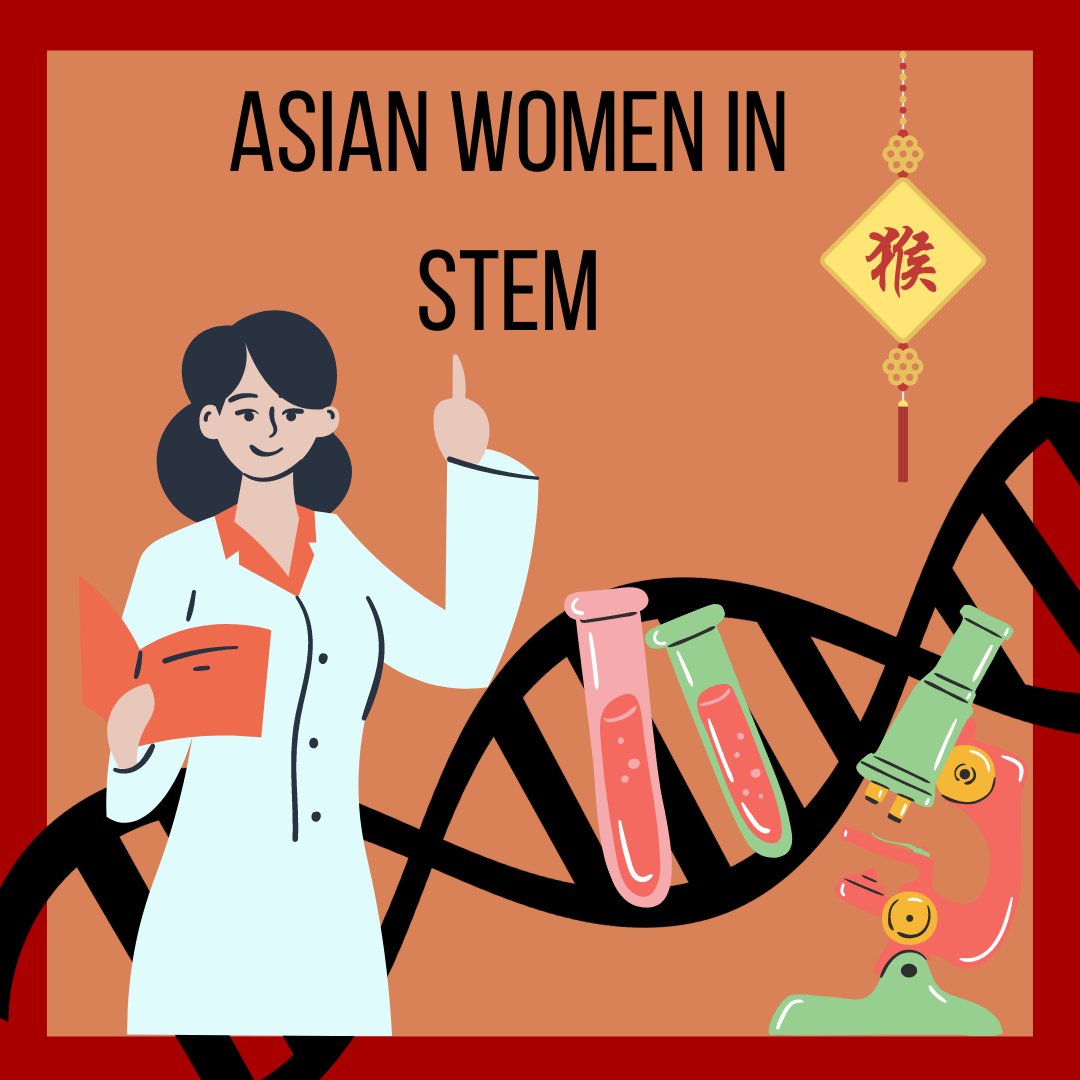Oh, to grow up and have my science and mathematical achievements be attributed to my hard work, not my race…
Wishful thinking, I presume, as an Asian-American woman. Almost everyone is familiar with the “Asians are naturally good at math and science” stereotype. However, this simple statement flattens a heavily nuanced and widely complex discussion of the racialization of Asians around the world. Yet presenting this issue to the public sparks much controversy: Isn’t being called smart a compliment? If it isn’t true, then why are the good students usually Asian? The answer to that question is the same as the answer to most questions regarding the Asian-American experience: the model minority myth.
The What Minority?
The model minority myth is the social ideology that Asians are models of success in American society’s racial minorities. It tells other racial minorities: If you acted more like Asian Americans, you wouldn’t be dealing with your current issues. This glaring overgeneralization is fallacious, and here is why.

From its conception, this idea has presented itself as a problematic tool used to uphold hegemonic systems.
In the 1950s, it arose to divide “good” versus “bad” Asians. Here, the “good” Asians are the ones who adhered to traditional American values. However, this concept hit the ground running in response to the rise of the Civil Rights Movement. As Black Americans began to fight for their rights, opponents like sociologist William Peterson criticized them through comparison with Asians. He claimed that Asian Americans were overcoming racial oppression by pulling themselves up by their bootstraps. They were moving silently up the social ladder.
One little issue with that assertion, though: Asian Americans do not have to also pull themselves up from centuries of trafficking, slavery, segregation, and more – at least not in the way Black Americans do. Looking at this myth’s history alone, the model minority myth was never about celebrating Asian success. It was about silencing Black voices. It was in favor of preventing POC solidarity. Mainly, it was about maintaining the status quo where the White stay on top of the social hierarchy while the non-White people fight it out at the bottom.
Present-day discussions of racism and meritocracy reflect this argument as well.
Take post-secondary education for example. Here, challengers of affirmative action reference Asian success to denounce the existence of racism in academia. First of all, by lumping all ethnicities under a single “Asian” monolith, this argument ignores existing wide disparities between various Asian ethnicities regarding median household, degree attainment, etc. If you look at the percentage of Asian Americans who attain a college degree or higher versus that of the general population in 2012, the former has the higher value. But when you disaggregate the data, groups like the Vietnamese fall under the baseline.
In addition, other factors play into the high numbers associated with Asian Americans. Immigration policies following 1965 have favored Asian immigrants with higher educational attainment. Therefore, bringing in Asian immigrants with pre-obtained education, as one would guess, helps boost these measures of “success.”
Also, given what we have seen on the news recently, Asian Americans are no strangers to racism. Besides the long history of exclusion and dehumanization, the 3,800 hate crimes against Asian Americans reported in the past year speak for themselves.

Asian Women in STEM and the Double Bind.
Asian-American women have their own set of struggles in the STEM field that receive little visibility because of the model minority myth. This was evident in the story of Chien-Shiung Wu. While successful Asian women are common to the public eye, this narrative hides the underrepresentation of Asian women, “full-faculty positions, deans, or university presidents in academia.” On top of that, Asian women face more resistance when displaying “masculine” behavior in the workplace.
Disparities like these uncover the existence of a double bind: the bamboo ceiling that hinders the advancement of Asian individuals, plus the glass ceiling that hinders the advancement of women.
The purpose of this article is not to compare the struggles of Asian women with other non-white groups. Rather, we hope to add more visibility to the unheard struggles of Asian Americans and their manifestations in the STEM field. Anti-Asian racism does not only present itself as coronavirus-related scapegoating. It permeates in educational and occupational settings. Therefore, we cannot let the model minority myth drive a wedge between minorities while the systems that uphold White privilege continue to exist.
If you like this post, you may also like some of our other work!
- March 2022
- August 2021
- July 2021
- June 2021
- May 2021
- April 2021
- March 2021
- February 2021
- January 2021
- December 2020
- November 2020
- October 2020
- September 2020
- August 2020
- July 2020
- June 2020
- May 2020
Subscribe to help us keep you updated with new posts!



Leave a Reply